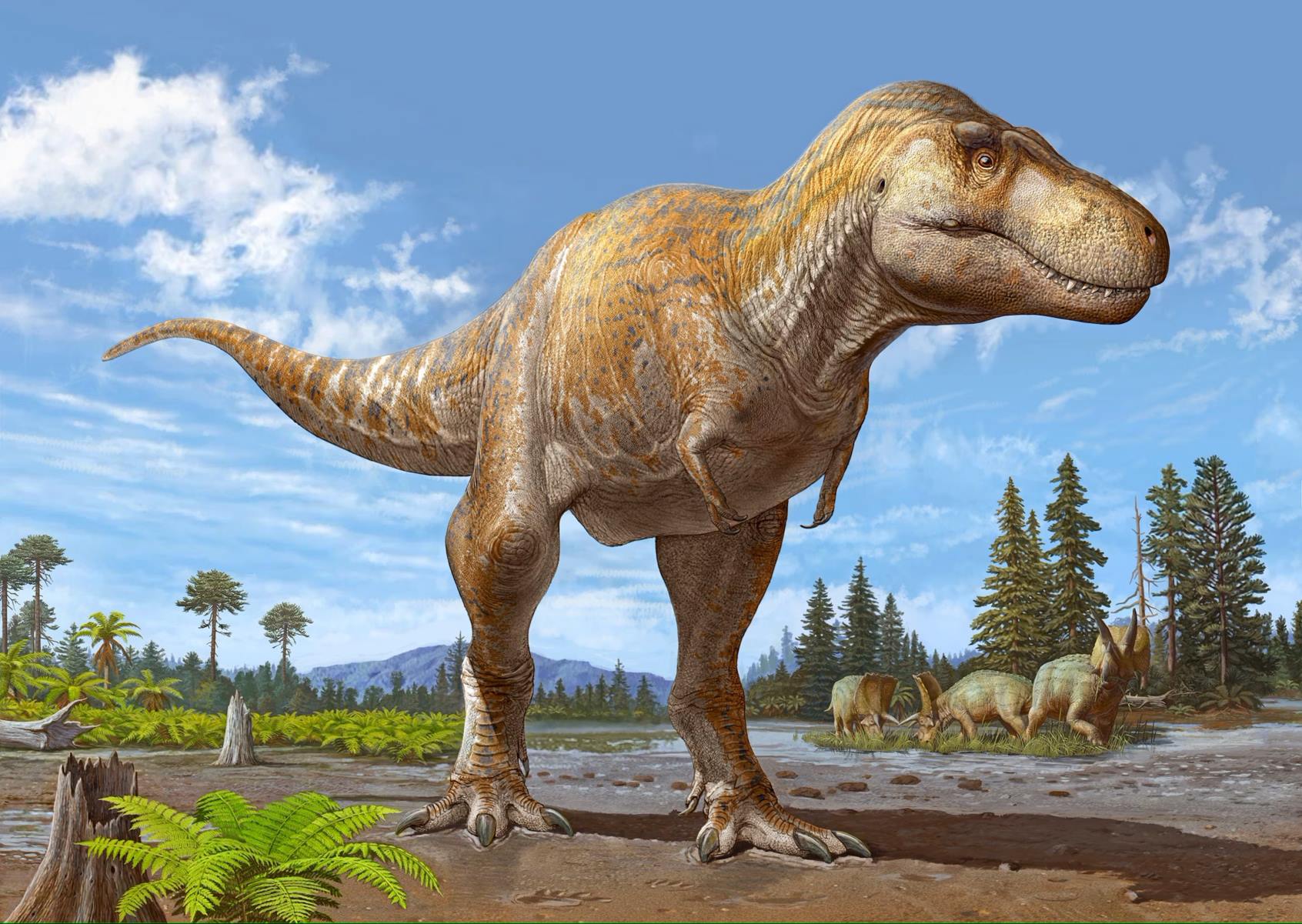
Dinosaurs roamed the Earth millions of years ago, leaving behind a legacy that continues to captivate our imaginations. Did you know that some dinosaurs had feathers? These ancient creatures were incredibly diverse, ranging from the towering Tyrannosaurus rex to the tiny, bird-like Microraptor. They lived in various habitats, from dense forests to arid deserts. Fossils provide us with clues about their diets, behaviors, and even their colors. Paleontologists work tirelessly to piece together these prehistoric puzzles. Ever wondered how fast a Velociraptor could run? Or what the largest dinosaur ever discovered was? Get ready to dive into the fascinating world of dinosaurs with these 35 amazing facts that will blow your mind!
Key Takeaways:
- Dinosaurs, from tiny to towering, lived for 180 million years. They had feathers, laid eggs, and some evolved into modern birds. Their extinction led to the rise of birds.
- Fossils reveal dinosaurs' diverse behaviors and adaptations. CT scans and 3D printing help scientists study their anatomy. Despite their size, some dinosaurs had complex social behaviors.
Dinosaurs: The Fascinating Giants of the Past
Dinosaurs roamed the Earth millions of years ago, capturing our imagination with their size, diversity, and mystery. Here are some incredible facts about these ancient creatures.
-
Dinosaurs lived during the Mesozoic Era, which spanned about 180 million years, from approximately 250 to 65 million years ago.
-
The term "dinosaur" means "terrible lizard". It was coined by Sir Richard Owen in 1842, though dinosaurs are not actually lizards.
-
Dinosaurs were not all giants. Some were as small as chickens, like the Compsognathus.
-
The largest dinosaur discovered is the Argentinosaurus, which could reach lengths of up to 100 feet and weigh as much as 100 tons.
-
The smallest dinosaur known is the Microraptor, which was about the size of a crow.
Dinosaur Diversity and Adaptations
Dinosaurs were incredibly diverse, adapting to various environments and evolving unique features.
-
There were over 700 species of dinosaurs identified by paleontologists, and new species are still being discovered.
-
Some dinosaurs had feathers. Evidence suggests that many theropods, including the famous Velociraptor, had feathers.
-
Dinosaurs laid eggs. Fossilized nests and eggs have been found, showing that some species cared for their young.
-
The Stegosaurus had a brain the size of a walnut, despite its large body size.
-
The Triceratops had three horns and a large bony frill, which may have been used for defense or display.
The Extinction of Dinosaurs
The extinction of dinosaurs is one of the most intriguing events in Earth's history.
-
Dinosaurs went extinct around 65 million years ago, at the end of the Cretaceous period.
-
The most widely accepted theory for their extinction is the asteroid impact. A massive asteroid struck the Yucatán Peninsula, causing drastic climate changes.
-
Volcanic activity may have also played a role. Massive volcanic eruptions could have contributed to the environmental changes that led to their extinction.
-
Not all dinosaurs went extinct. Birds are considered the direct descendants of theropod dinosaurs.
-
The Chicxulub crater in Mexico is evidence of the asteroid impact. It is about 150 kilometers in diameter.
Dinosaur Discoveries and Fossils
Fossils provide a window into the past, revealing the lives of dinosaurs.
-
The first dinosaur fossil was discovered in 1824 by William Buckland, who named it Megalosaurus.
-
Dinosaur fossils have been found on every continent, including Antarctica.
-
Fossilized dinosaur footprints, known as trackways, offer clues about their behavior and movement.
-
The largest dinosaur fossil ever found is a Titanosaur, discovered in Argentina, measuring over 120 feet long.
-
Dinosaur bones can take millions of years to fossilize, turning into rock-like structures.
Dinosaur Behavior and Ecology
Understanding dinosaur behavior helps us learn more about their lives and interactions.
-
Some dinosaurs were social animals, living and hunting in packs, like the Deinonychus.
-
Herbivorous dinosaurs, like the Brachiosaurus, had long necks to reach high vegetation.
-
Carnivorous dinosaurs, such as the Tyrannosaurus rex, had sharp teeth and strong jaws for hunting.
-
The Ankylosaurus had a heavily armored body and a club-like tail for defense against predators.
-
Dinosaurs like the Parasaurolophus had crests on their heads, possibly used for communication or display.
Modern Science and Dinosaurs
Advancements in science continue to shed light on these ancient creatures.
-
CT scans are used to study dinosaur fossils, revealing details about their anatomy and brain structure.
-
Isotopic analysis of dinosaur bones can determine their diet and migration patterns.
-
Dinosaur DNA has not been found, as it degrades over millions of years, making cloning impossible.
-
Paleontologists use 3D printing to recreate dinosaur skeletons, allowing for detailed study and display.
-
Computer simulations help scientists understand dinosaur movement and biomechanics.
Fun and Surprising Dinosaur Facts
Dinosaurs continue to surprise and fascinate us with their unique characteristics.
-
The Spinosaurus is believed to be the largest carnivorous dinosaur, even bigger than the T. rex.
-
The Velociraptor was much smaller than depicted in movies, about the size of a turkey.
-
Some dinosaurs had complex social behaviors, similar to modern birds and mammals.
-
The Oviraptor's name means "egg thief", but evidence suggests it actually protected its eggs.
-
The Hadrosaurus had a duck-billed snout, which it used to feed on plants.
Dinosaurs' Legacy Lives On
Dinosaurs roamed Earth millions of years ago, yet their legacy still fascinates us. From the towering Tyrannosaurus rex to the gentle Brachiosaurus, these creatures capture our imagination. Fossils give us glimpses into their lives, showing us their size, diet, and even behavior.
Scientists continue to make new discoveries, revealing more about these ancient giants. Each fossil found adds another piece to the puzzle of Earth's history. Dinosaurs also teach us about evolution and extinction, reminding us of the planet's ever-changing nature.
Their influence extends beyond science. Dinosaurs inspire movies, books, and even toys, making them a permanent part of popular culture. Kids and adults alike are captivated by their stories.
Dinosaurs may be long gone, but their impact remains. They remind us of a world vastly different from our own, sparking curiosity and wonder in all who learn about them.
Frequently Asked Questions
Was this page helpful?
Our commitment to delivering trustworthy and engaging content is at the heart of what we do. Each fact on our site is contributed by real users like you, bringing a wealth of diverse insights and information. To ensure the highest standards of accuracy and reliability, our dedicated editors meticulously review each submission. This process guarantees that the facts we share are not only fascinating but also credible. Trust in our commitment to quality and authenticity as you explore and learn with us.


